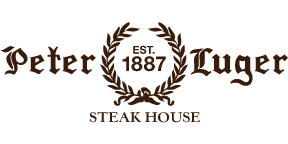
About Us
Peter Luger's Story
One of the oldest steakhouses in America
Founded in 1887 in Brooklyn, "Peter Luger Steak House" (hereinafter referred to as Peter Luger) is one of the oldest steakhouses in the United States. The original name of the establishment was "Carl Luger's Café, Billiards & Bowling Alley." Peter Luger, a German immigrant, was the owner, with his nephew Carl managing the kitchen.
Initially, Peter Luger was a local restaurant beloved by nearby residents. However, in 1903, with the opening of the Williamsburg Bridge, Brooklyn became easily accessible from Manhattan. Businessmen from Wall Street and other areas began hearing about the restaurant, and the restaurant flourished. In 1920, Sol Forman, the current owner's family, established a metalworking company across from Carl Luger's Café. For Sol, Carl Luger's Café was the perfect place to entertain customers, and he visited almost every day, sometimes even two or three times a day.
In 1941, the founder, Peter, passed away. The restaurant was taken over by his son, Frederick, and the name was changed to the current "Peter Luger Steak House." By the end of the 1940s, as the United States faced a severe economic downturn, Peter Luger also experienced financial difficulties and was eventually put up for auction. Sol, not wanting to lose a place that served customers so well, participated in the auction and became the owner of the restaurant.
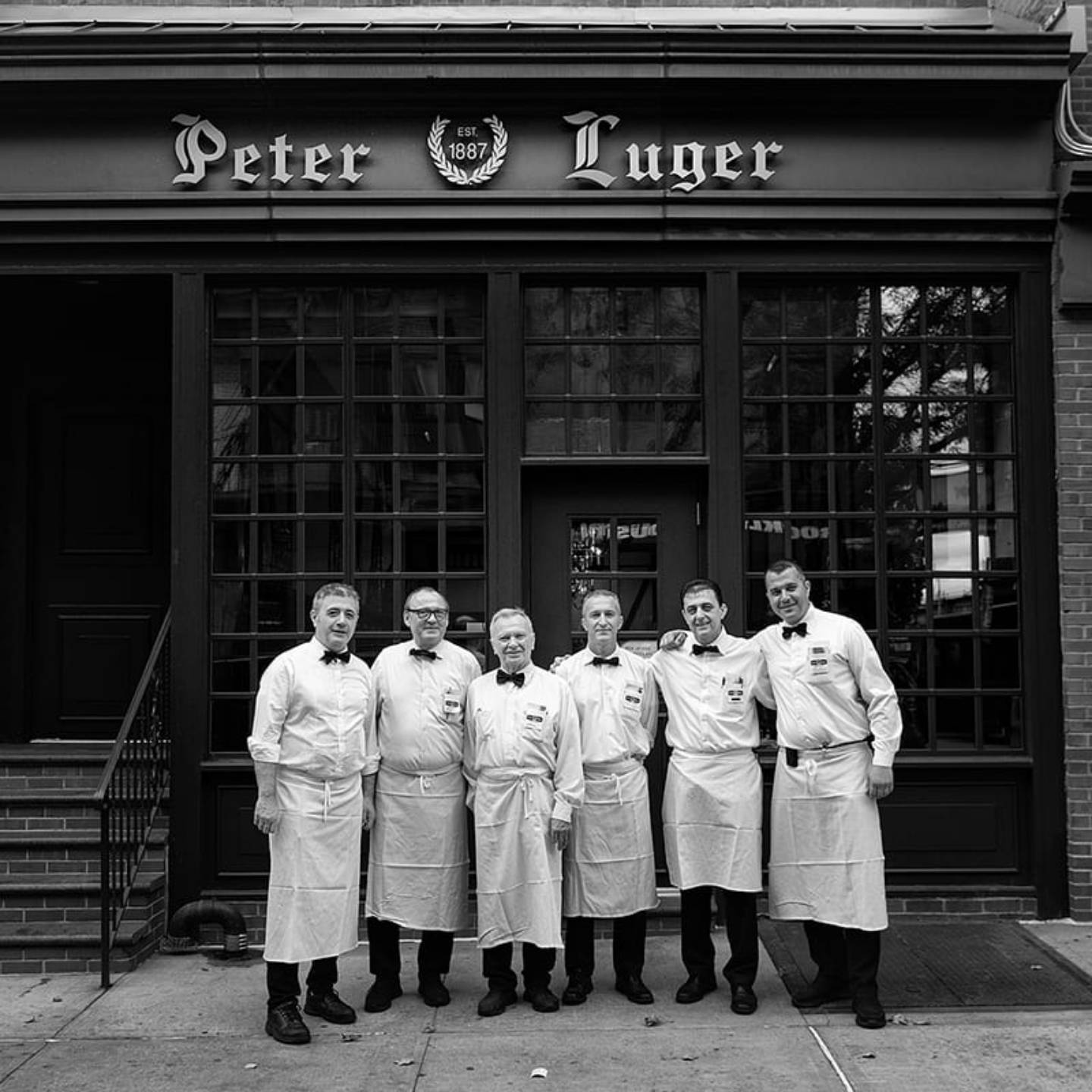
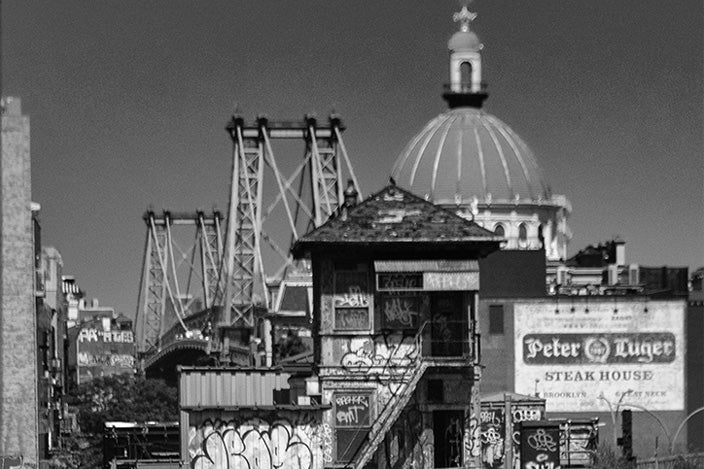
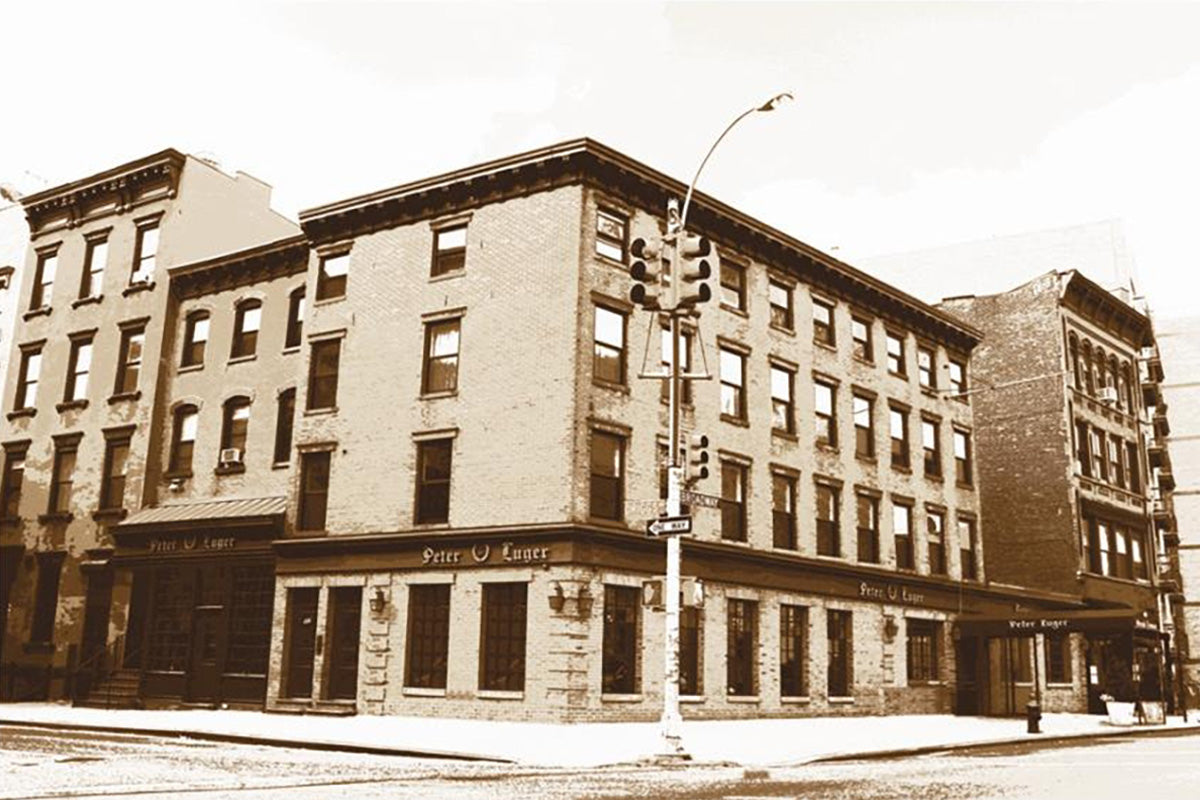
The Seven Criteria for Selecting Beef
Sol, an expert in factory management but inexperienced in restaurant operations, sought to bridge the gap by enlisting the expertise of a retired beef specialist from the United States Department of Agriculture (USDA) to educate his wife, Marsha, in the nuances of discerning the finest beef. He firmly believed that securing the best ingredients was the key to delivering exceptional steaks.
Marsha diligently immersed herself in the art of beef selection by visiting various packers. In the New York meat processing industry of that era, she stood out as the sole tall, Russian-speaking woman in a fur coat, yet her passion for the job surpassed her peers. In pursuit of the best beef for the restaurant, Marsha established stringent "Seven Criteria," with only around 20% of the delivered beef meeting her standards. Thanks to her dedication, the restaurant regained its former glory and became prosperous once again.
The commitment to selecting the finest beef was handed down to Sol and Marsha's daughters, Marilyn Speyer (former president) and Amy Rubenstein (current president). Today, in addition to Amy, Marilyn's daughter Jody and Jody's nephews Daniel and David also participate in managing the restaurant. They visit multiple beef wholesalers every week, endorsing the beef selected through the "Seven Criteria" with their stamp. This stamp serves as the hallmark of the beef purchased by Peter Luger. With a trust established over 70 years, they have earned the privilege of choosing the best beef ahead of any other restaurant.
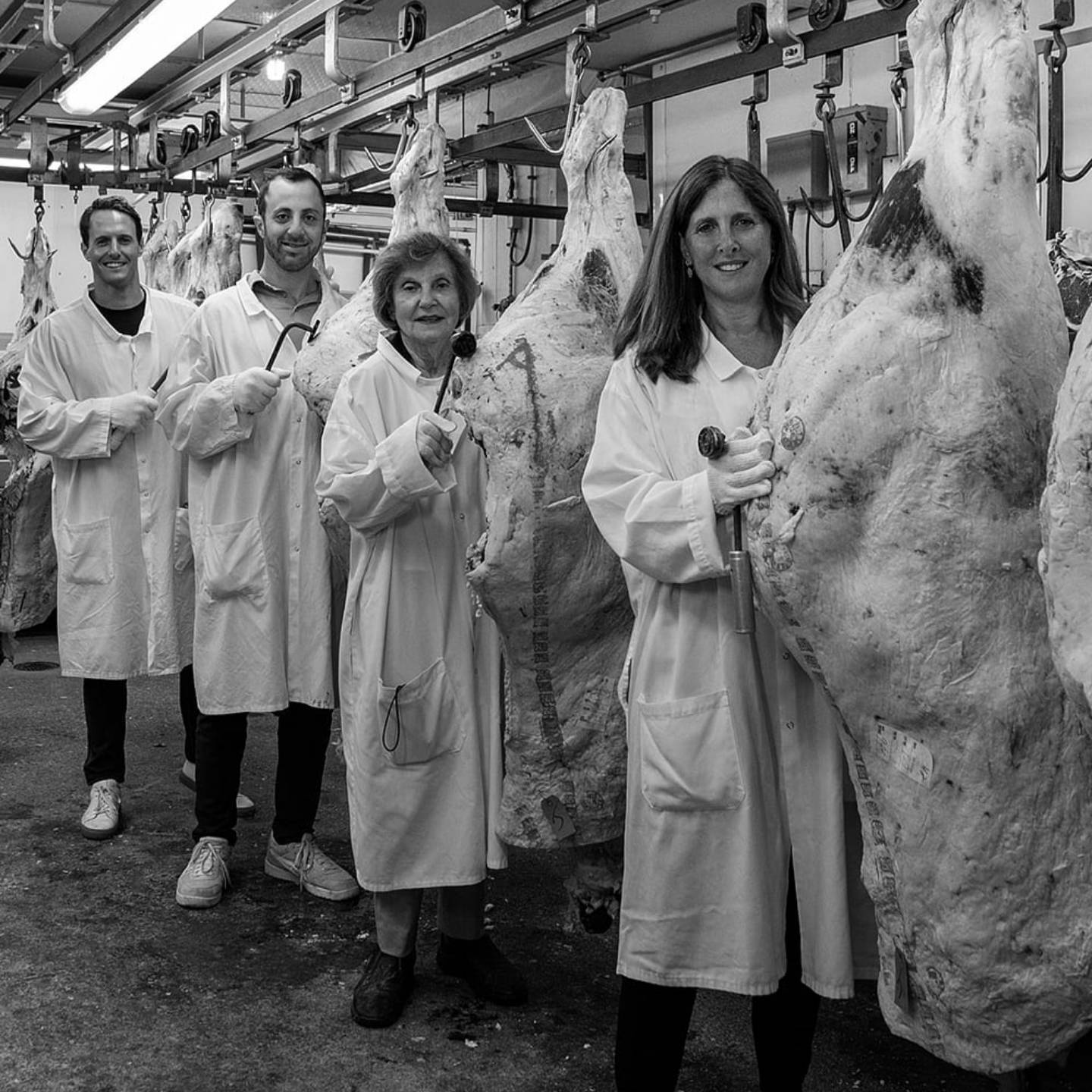
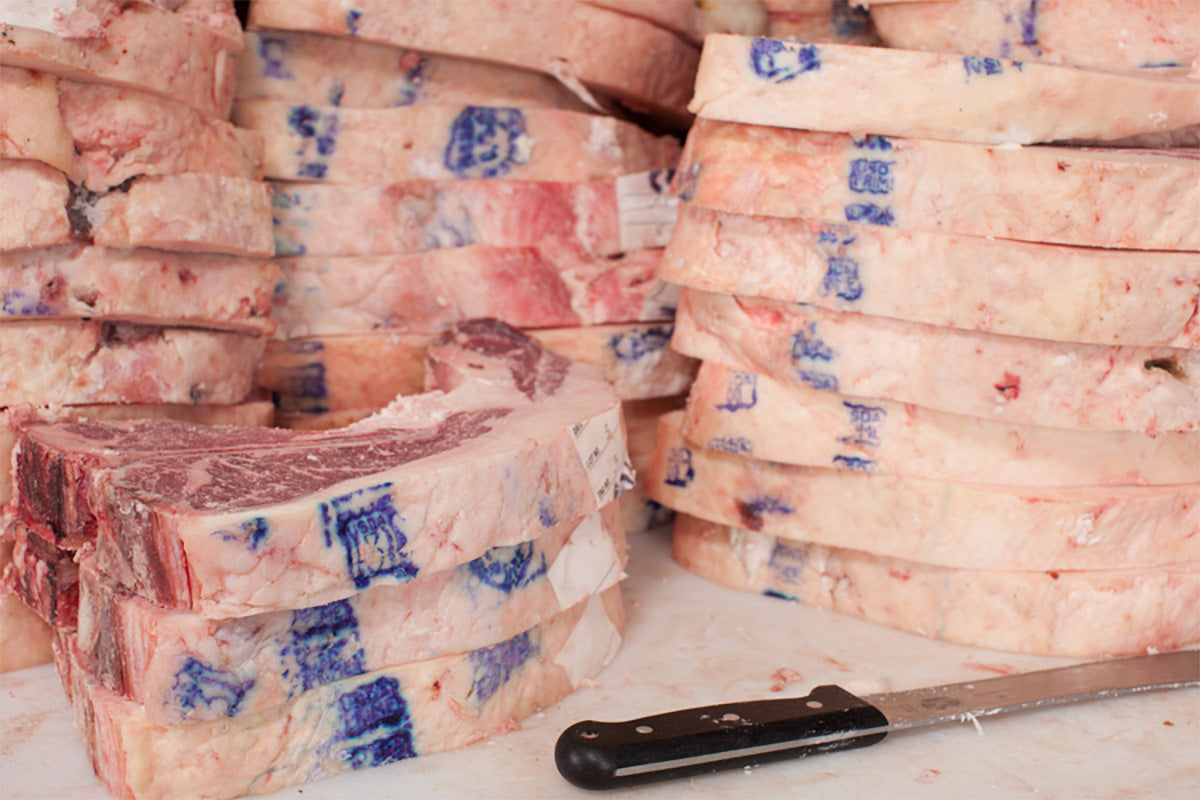
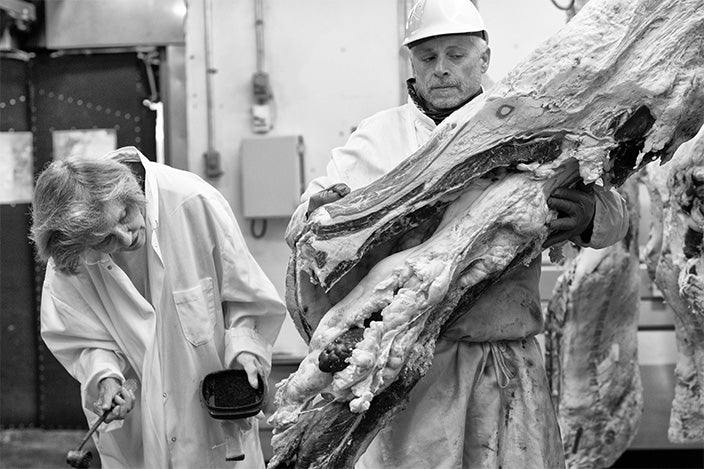
Secret dry-aging technique
Marsha was thoroughly committed to the dry-aging technique to maximize the flavor of the beef. The dry-aging method devised by Marsha continues to be passed down as a closely guarded secret. The dry-aging room in the basement of the flagship restaurant is locked, and only the four family owners and a few cooking staff have insight into the entire process of this unique dry-aging method.
Generally, the dry-aging technique involves controlling temperature, humidity, and airflow to stimulate the water activity within the beef, condensing proteins and minerals toward the core of the red meat. Furthermore, enzymes within muscle cells and specific microorganisms break down proteins, dramatically increasing the umami amino acids and creating tender and juicy meat.
While the basic principles of dry-aging at Peter Luger are similar, they have succeeded in suppressing unwanted aging odors that may impart off-flavors through special techniques and innovations. Thanks to this secret method. Peter Luger consistently achieves a distinctive richness and tenderness, allowing the appreciation of the natural beef aroma in the crafting of the finest steaks.
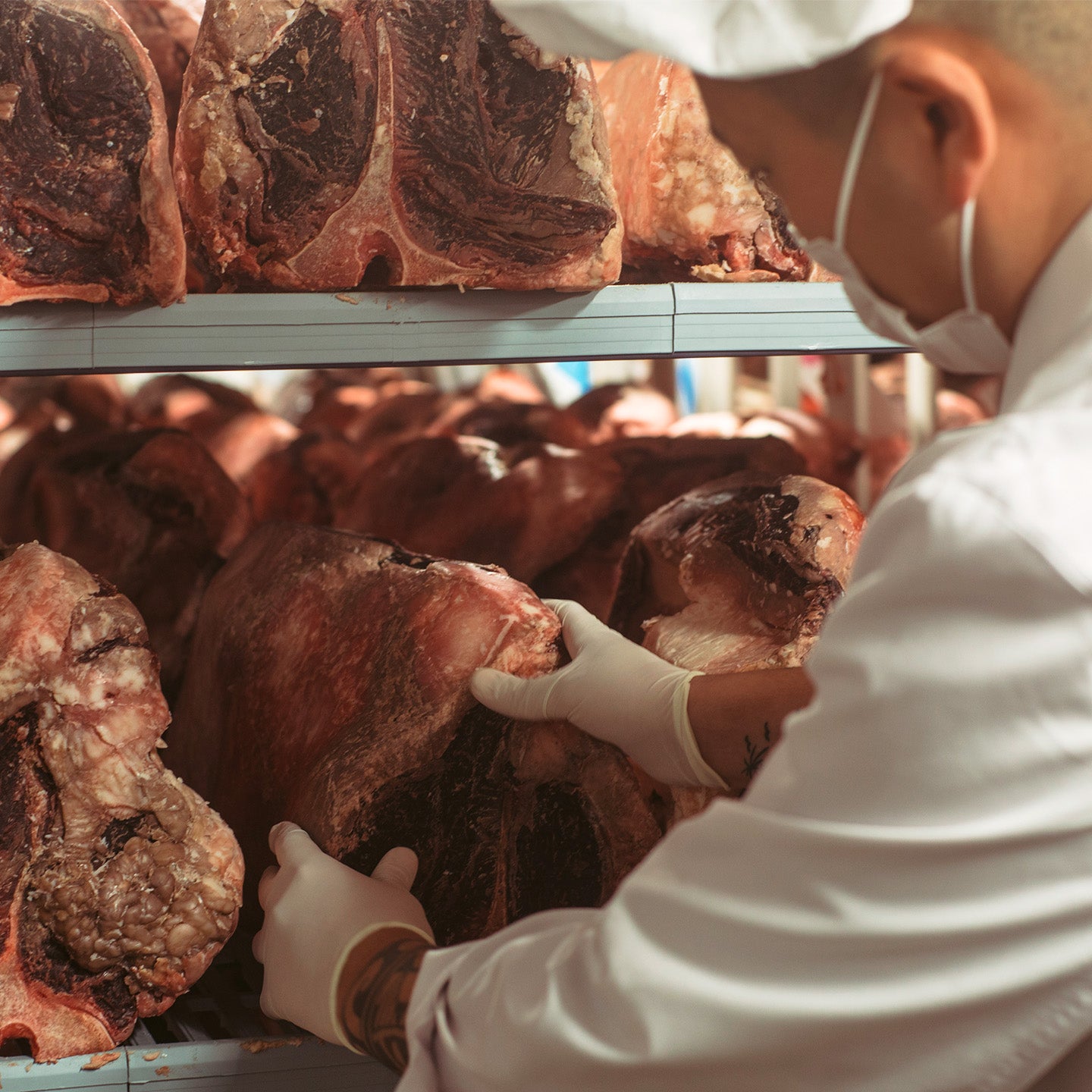
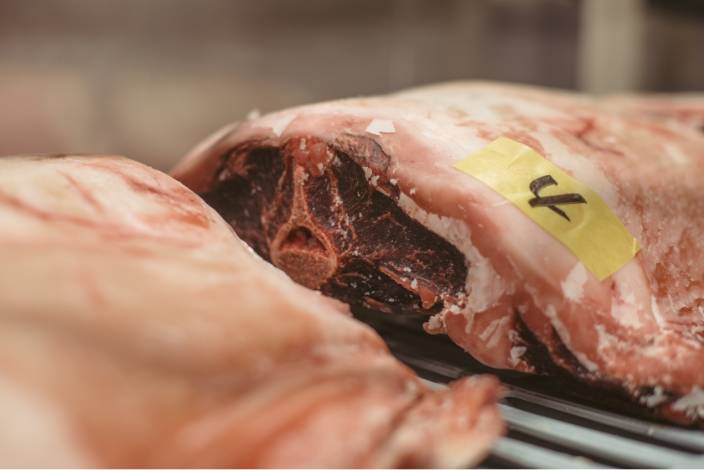
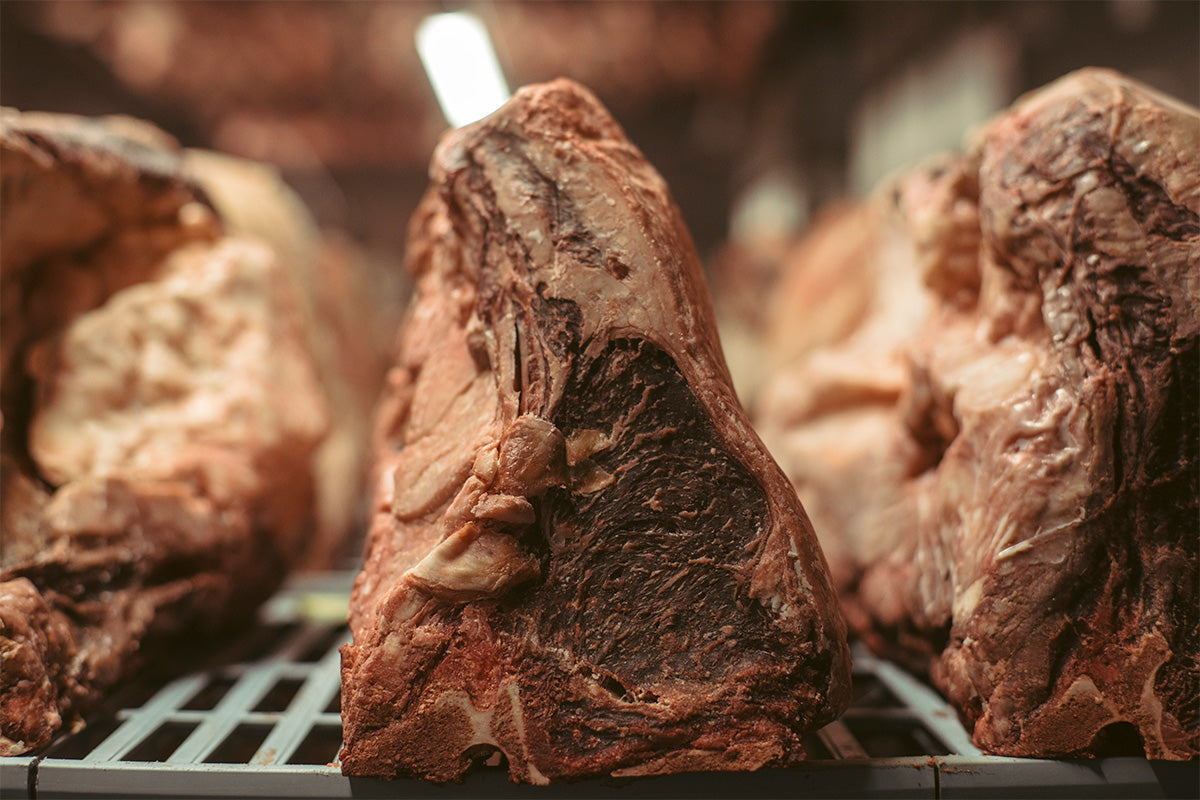
Pioneer of American steaks
The method of serving steak at Peter Luger has been developed through years of trial and error. First is the style of T-bone steak, allowing guests to savor both the sirloin and fillet simultaneously. Although now found on the menu of various steakhouses, it was Peter Luger that first introduced and popularized this style in the United States.
The steak is broiled at a high heat of 500°C. It is then placed on a plate heated to over 100°C, further warming the meat at the edges of the plate. This not only allows for adjusting the doneness according to the guest's preference but also entices the appetite with the sizzling sound as the meat warms. To finish, the steak is generously coated with the flavorful juices, known as "vitamins."
The steak at Peter Luger, carefully selected through excellent discernment techniques, is aged with care to achieve the optimal condition and served in the style of T-bone steak. These particular steaks from Peter Luger have remained a constant delight for discerning New Yorkers. Since 1984, the restaurant has consistently held the honored designation of "New York's No. 1 Steakhouse" in the "Zagat Survey," upholding this esteemed status to the current day.
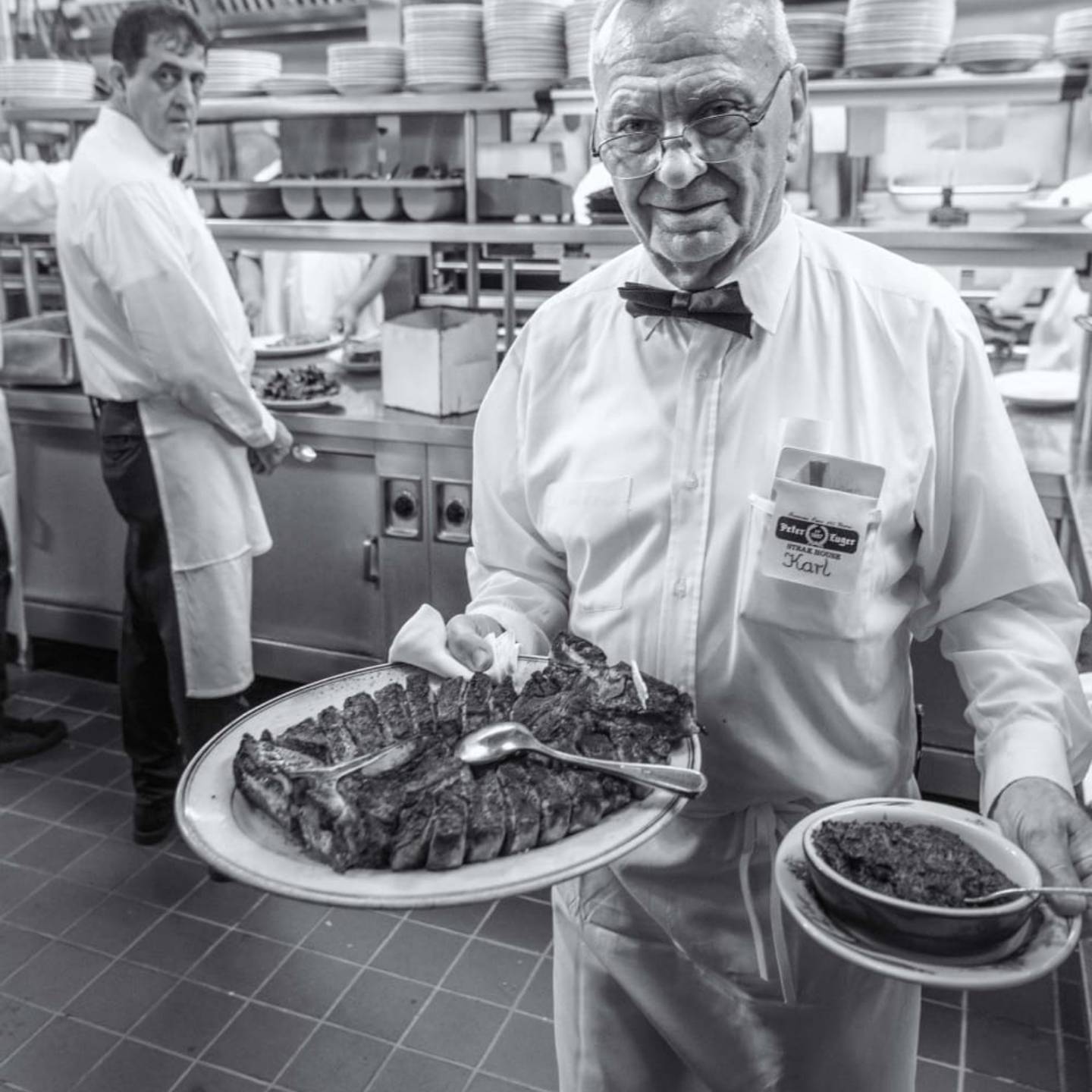
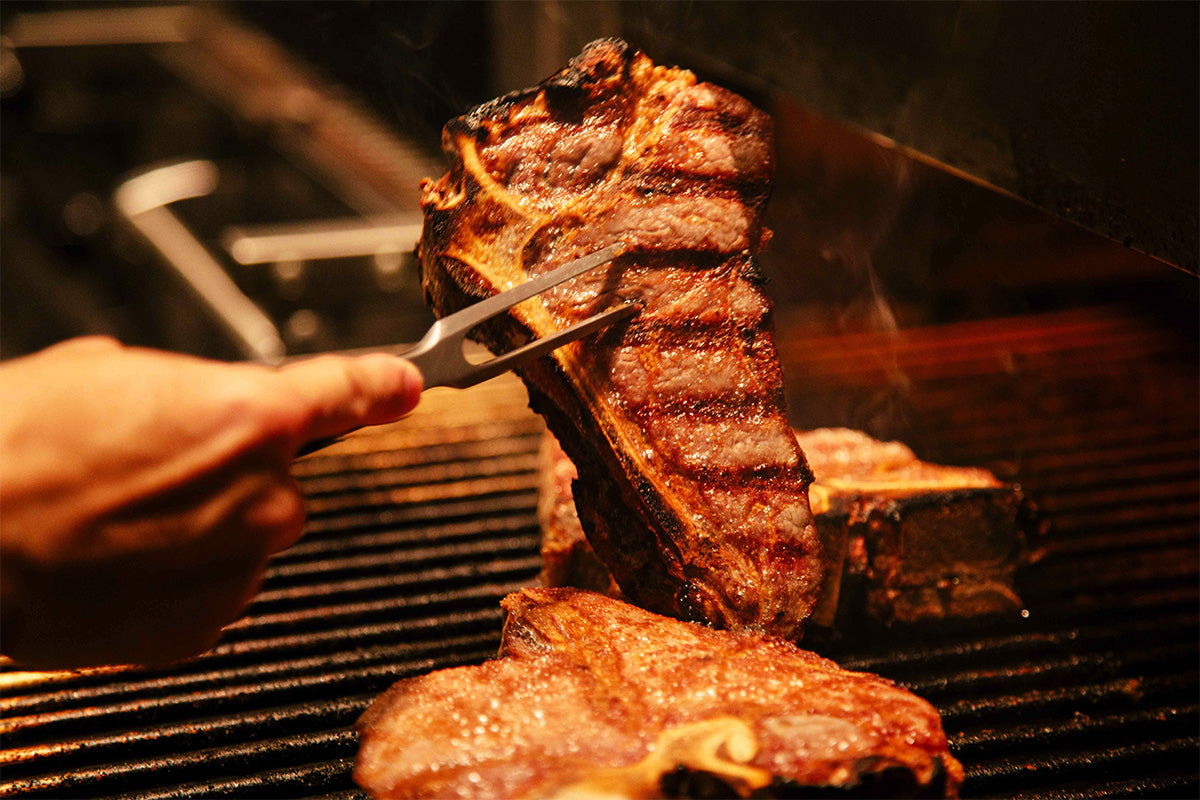
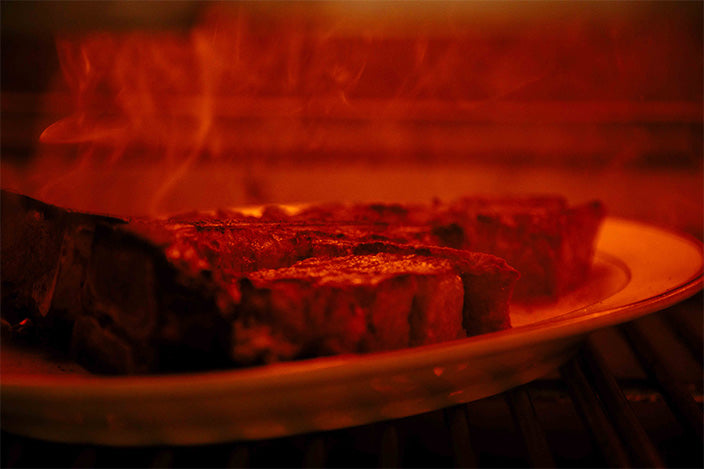
Challenge at the Tokyo store
Until now, Peter Luger had not expanded overseas, and not even into Manhattan. This was because the family owners felt that their dedication to steak was something only they could preserve. However, the younger generation, Daniel and David, believed that if they could find partners who shared the same values, they could expand the brand's possibilities.
In 2016, Daniel and David visited Japan for the first time and were captivated by Tokyo's dining scene, which rivaled that of New York. Over a span of more than two years, they conducted a thorough analysis of the Tokyo dining market, persistently seeking partners who resonated with the values of Peter Luger. Eventually, they made the decision to choose Wonder Table as their reliable partner. Wonder Table had already successfully introduced overseas brands like "Barbacoa," "Lawry's The Prime Rib," and "Union Square Tokyo" in Japan, and the wealth of experience and proven track record significantly influenced Daniel and David's choice.
After signing the licensing agreement, the biggest challenges were selecting the location for the store and determining the design concept. They chose a building next to Ebisu Garden Place as it radiated an ambiance reminiscent of the journey from Manhattan over the Williamsburg Bridge to Brooklyn, the home of Peter Luger. The exterior with brick walls truly evokes the ambiance of the Brooklyn flagship.
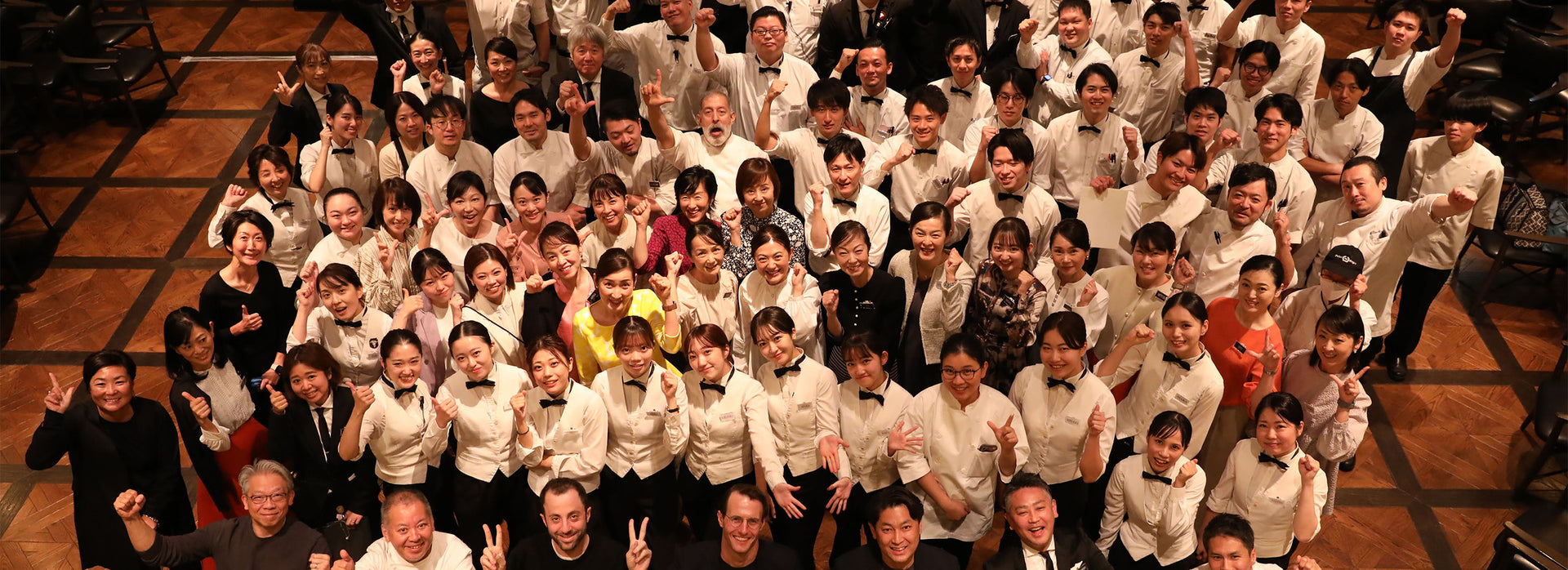
Regarding the interior design concept, we have decided to move away from the image of our main store in Brooklyn and instead create a new Peter Luger style. Utilizing the open structure of the existing building's second and third floors, we have designed a theatrical-style layout that exudes a Brooklyn-style industrial atmosphere.
The second floor of the main dining area features an open kitchen for a dynamic dining experience, while the third floor provides a more relaxed atmosphere for enjoying meals. On both the second and third floors, we have prepared private rooms for groups of 10. On the first floor, we have a waiting bar, four private rooms for groups of 8 people, and a boutique selling raw meat and various goods used in Peter Luger, including steaks and hamburgers.
At our Tokyo location, our foremost commitment is to deliver steaks synonymous with the taste and quality of our flagship store. Within the 30-square-meter aging room on the first floor, we meticulously dry-age 10 tons of carefully selected beef, presenting the finest steaks through the same grilling method employed at our main establishment. Additionally, by cultivating a staff capable of providing confident and friendly service, we add another chapter to the 130-year history of the Peter Luger brand.
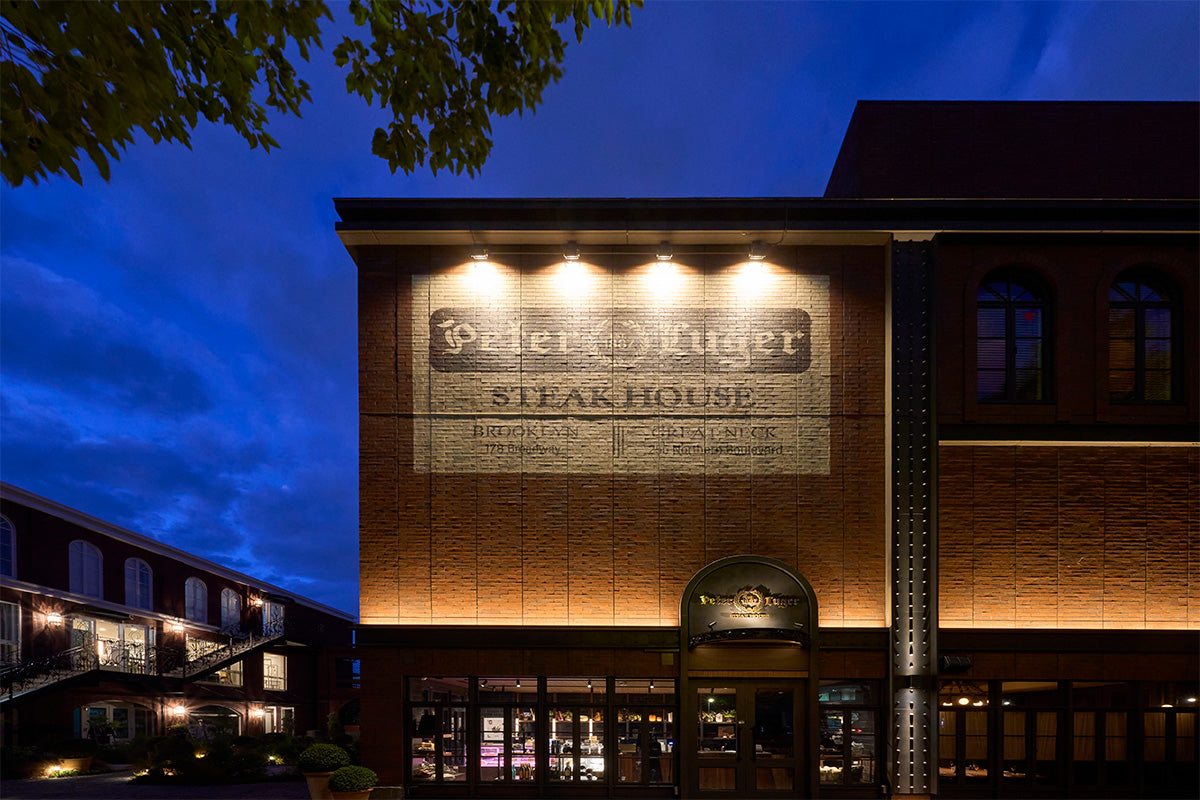
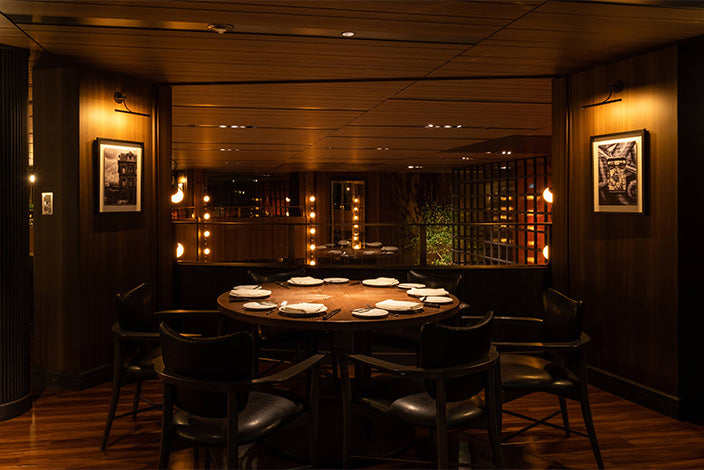
Our Members
-
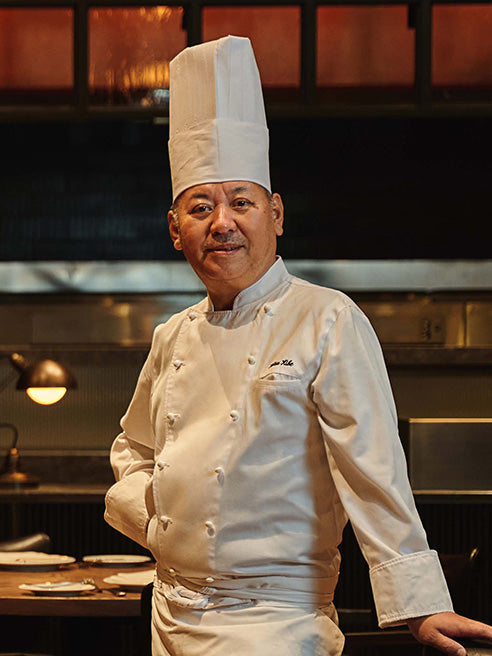
Katsuichiro Kibe
Ichiro Kibeexecutive chef
Moved to France in 1987 and worked at a 2 Michelin star restaurant. In 1990, he moved to the United States and worked as a head chef at restaurants in Los Angeles and San Francisco. After returning to Japan in 2007, he joined Wonder Table Co., Ltd. and held the position of head chef at several restaurants, during which time he also gained cooking experience in Milan, Italy, and São Paulo, Brazil. Since 2014, he has been the executive chef at Lawry's The Prime Rib, and in 2021 he will be appointed executive chef at Peter Luger Steakhouse Tokyo. Not only Japanese customers, but also customers from overseas can enjoy our cuisine, which takes advantage of our extensive experience in the United States and other countries.
-
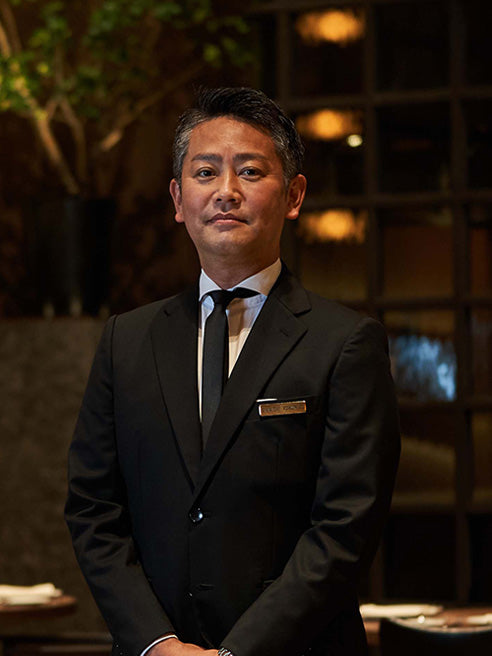
Shinichi Yokomizo
Yokomizoshishinichigeneral manager
After gaining experience at restaurants and bars in Yokohama, he joined Wonder Table Co., Ltd. in 2004. Served as manager of the company's Japanese brand, Italian brand, and French brand. Since 2013, he has been the manager of Lawry's The Prime Rib. In 2021, he became the general manager of Peter Luger Steakhouse Tokyo. Our mission is to let as many people as possible know about the greatness of this store, which has a history of over 135 years in the United States, and we will provide customers with a happy time with the customer service we have experienced at various brands.
-
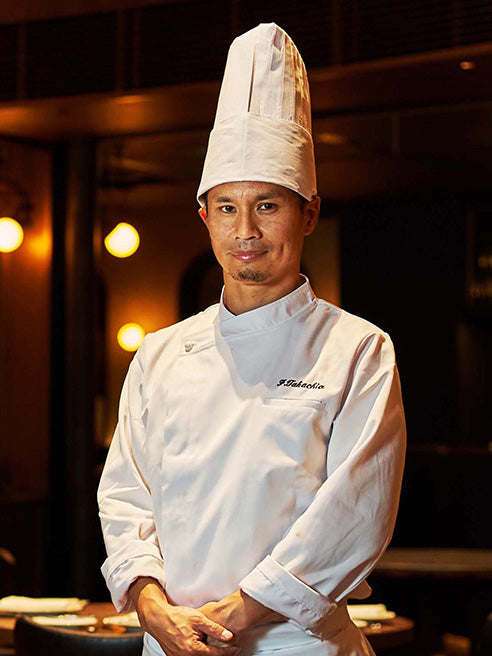
Fumihiko Kochio
Takachiofumihikochef
After graduating from vocational school and gaining experience at Italian and French restaurants in Tokyo, he joined Wonder Table Co., Ltd. in 2007 as an opening staff member at Union Square Tokyo. After that, he worked as the head chef at Barbacoa and Lawry's The Prime Rib, and from 2021, he will become the head chef at Peter Luger Steakhouse Tokyo. By conveying the deliciousness of historical dry-aged beef, we will provide a place to make memories.
-
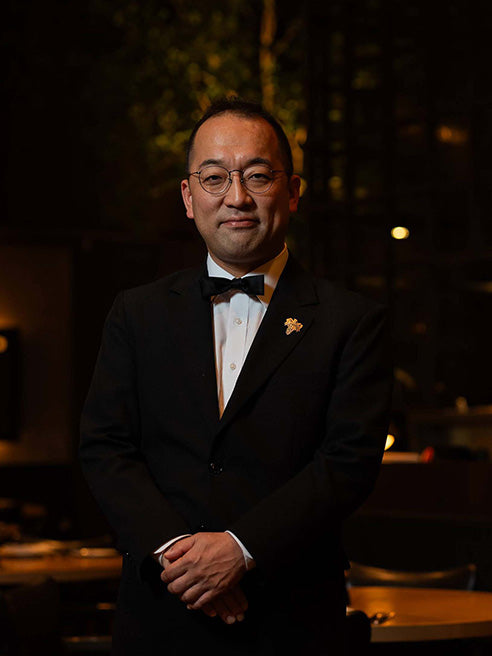
Yoshihiko Hosoya
Hosoya Yoshihikomanager
In 1998, he entered the food and beverage industry as a chef at a restaurant in Tokyo. Studied international cuisine for 5 years. After that, I moved to the service side. Obica Mozzarella Bar, Terre de Truffles Tokyo, served as manager and chef sommelier at Jean-Georges Tokyo, and in 2023, became manager of Peter Luger Steakhouse Tokyo. We aim to create a restaurant that will become a sacred place where steak lovers from all over the world gather, just like our main store in Brooklyn.
